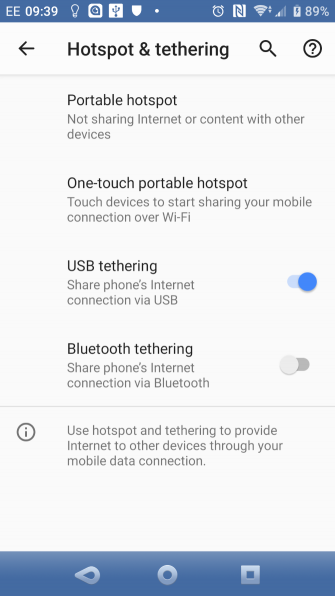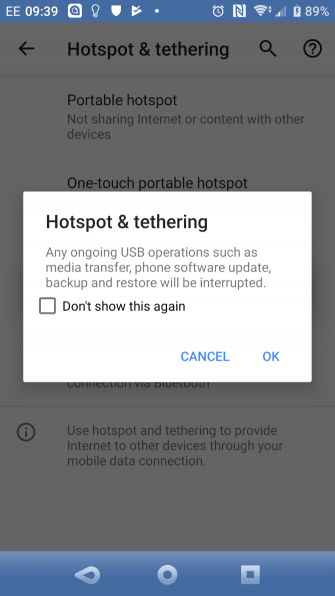
Stuck indoors? You can turn around your frustration and pick up skills to learn and master. YouTube is just a click away and more than a billion videos on every topic imaginable are there for you to learn from.
Maybe, you aren’t sure about a new thing you would like to learn. Take on a 30-Day learning challenge and see where it takes you. If it’s somewhere fun, then you can experiment with other interesting topics.
To help you out, here are some cool things you can learn on YouTube. But first, here’s a tip…
Make Learning a Habit
Watch the Khan Academy video above for a dash of motivation in one minute flat.
YouTube is a fish-market on a Sunday morning. But in those 300 hours of video uploaded to YouTube every minute, there are many gems you can hook that few other sites can rival. You can learn on the go and you can learn in 61+ languages. You can learn virtually anything. I selected the ten videos below keeping three things in mind:
- These skills can be learned and practiced in under a day.
- The skills can be applied anywhere with everyday equipment.
- All these ten skills can make you seem smarter than your friends.
So, let’s put the three rules to the test with these ten interesting things you can learn to do on YouTube.
1. Improve Critical Thinking With the Socratic Method
Why is it important? A skill that can help us make better decisions and not jump to conclusions.
Critical thinkers will be in greater demand as AI takes over the mundane chores. It starts by observing important details, questioning assumptions, investigating data sources, removing biases, and the most difficult—outside the box thinking.
One of the techniques involved in critical thinking is the Socratic Method. YouTube has quite a few videos on this, but the one above is a quick introduction.
Critical thinking is also a big part of Common Core standards in schools. The Common Core focuses on developing the critical-thinking, problem-solving, and analytical skills students will need to be successful from here on.
2. Save Time with Mental Math Skills
Why is it important? A life skill you can use in a corporate boardroom or when helping your 10-year old with their homework.
For most of us, math and fun don’t belong in the same sentence. Calculator apps do their bit to solve our math fears. Even then, mental math skills are the best weightlifting exercise for the brain. Mental math is not too difficult to learn and you can impress anyone within a few seconds.
Arthur T. Benjamin devotes an entire playlist to it and shows how it can be simple and fun. This human calculator might just inspire you to take a second look at what you were taught.
3. Pay Attention to Your Writing with Proofreading
Why is it important? Because one tiny mistake can spoil anything from a memo to a term paper.
One of the golden rules of life is to always check your writing before you turn it in. We ignore proofreading because we become lazy and trust our hands and eyes too much. Some self-editing tips can help all of us become better writers.
4. Create Beautiful Calligraphy Envelopes
Why is it important? Snail mail isn’t extinct and first impressions count.
You have some special invites to send. Printing envelopes is the easy way out and can be easily done on any printer. Calligraphy is a cool skill you can learn to add that extra bit of flourish.
All it takes is a few differently sized envelopes to practice on and the video tutorial above. It may not come off perfectly the first time, but the results will eventually show up.
When there are too many mails to send out, then calligraphy might not cut it. Learning how to mail merge in Word or Excel can help rescue you from the anxiety of mass mailing.
5. Understanding Color Theory
Why is it important? Matching colors helps you do everyday stuff like using makeup or painting your house in the right colors.
You can understand color theory in less than an hour and there are apps to help you with color choices too. But do learn color theory because it will help develop your eye for the right combinations. It also gets easier on YouTube because of the visual nature of videos and the umpteen applications you can find with the tutorials.
Want a deeper understanding of basic concepts like hue and saturation, and how it affects color balance? Watch this entire playlist on Color Theory.
6. Learn to Read Nutritional Info on Food Labels
Why is it important? You can make better decisions about the food you consume.
Some tiny bits of knowledge can have a lifetime’s worth of impact. Reading the nutrition facts on food labels on the back of containers is one of them.
Serving sizes and nutrient information is just like knowing the amount and type of fuel you need for your car. Maybe, more so because your health needs more work than a car.
The FDA has a thorough explanation of the food label on its site and this Q&A YouTube video helps with a better understanding of your diet.
7. How to Cook Perfect Eggs
Why is it important? For starting your day quickly with an easy egg breakfast.
Eggs can get you through any emergency in life. And cooking the perfect egg is one of the easiest skills even beginner cooks can master. It may not look like a big deal, but cook one sunny side up and it can be the start of a perfect day.
Eggs are comfort food and once you learn the timing that goes into cooking them, search for a video that teaches you how to flip them in the pan.
8. Start Your Day by Making Your Bed to Perfection
Why is it important? It’s an example of how little things matter.
Admiral William H. McRaven once gave a popular commencement address on how making your bed first thing in the morning can be life changing. Look it up on YouTube.
Also, take at the video above and many more that teach you this less regarded but an important life skill.
9. Cut and Trim Your Own Hair
Why is it important? Stay well-groomed when you cannot go to a hairdresser.
You can be one snip away from a hair mishap but cutting your own hair is still a nice DIY skill to learn. YouTube has lots of advice and the video above is the most popular one yet with a million plus views.
It helps to have a head-to-toe body groom shaver, but there are other videos too that show you easy self-haircuts with a scissor and comb.
10. Learn Things in Plain English
Why is it important? Because learning interesting things need not be complex.
Confounded by Daylight Savings Time or what the heck is an Electoral College? YouTube channels like CGP Grey, Crash Course, and In a Nutshell (Kurzgesagt) come to the rescue with simplified explanations of the most complex topics.
Just to illustrate the value, watch the video above that explains the Coronavirus.
Once you get hooked, YouTube has a lineup of fascinating channels to educate your mind.
Learn a New Skill in Your Free Time
When you have a few minutes to spare, you can work your way through these videos and decide the skills you want to work on. After all, true learning is only useful when you transfer it to your own life rather than just use these YouTube videos for entertainment.
YouTube is an educational hub in itself. So, if you are serious about diving deeper into DIY skills then take a look at these Chrome extensions that can help you learn better on YouTube.
Image Credit: Sergey Nivens/Shutterstock, leromin/Shutterstock
Read the full article: 10 Interesting Things You Can Learn on YouTube








































